Our Verdict
Citizen Sleeper 2 is everything you could want from a sequel, building on its predecessor’s strengths in storytelling and character design while also bringing new complexity to the dice and clocks that govern its capitalist dystopia.
It’s the future, and you are not a person. A shirtless young man with a military buzzcut and piercing blue eyes is talking to you. His camo leggings straddle the line between yoga instructor and hospital patient, stark against the vast reaches of space. His name, Serafin, is stamped like a serial number in bold capitals beside an unfurling ribbon of expositional dialogue. You do not know him, but he knows you, and he knows you need to run. Your pursuer is Laine, a dapper mob boss who falls somewhere between an entitled slave owner and an abusive ex. In short, he is both entirely irredeemable and a credible threat. This is the premise of Citizen Sleeper 2: Starward Vector. You run.
At first glance, you’d be forgiven for thinking that Citizen Sleeper 2 is any different from its predecessor. We’re back in the Helion System, Gareth Damian Martin’s vision of a far-flung, post-capitalist future that runs on gig economies and corporate gangs (alright, so maybe it’s not that far-flung). Citizen Sleeper turned heads in 2022 with its novel TTRPG-style dice system, scoring a modest collection of narrative, design, and social impact award nominations. While Starward Vector is set after the events of Citizen Sleeper, it isn’t a direct sequel, so you don’t need to have any prior experience with the series, but there are also enough callbacks here to get existing fans sitting up a little straighter.
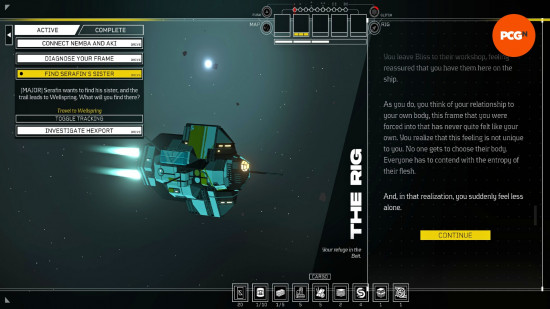
It’s tempting to categorize Citizen Sleeper as a cyberpunk game, but that doesn’t quite fit the bill. Becky Chambers’ Wayfarers series is a closer comparison than Cyberpunk 2077; one of the endings even riffs on the title of the first book in the quartet. Citizen Sleeper is a rare breed of industrial sci-fi that doesn’t wallow in the mire of its corporate dystopia. The concept of Sleepers alone is about as dystopian as you can get – an emulated human mind, sold and transplanted into a synthetic frame to clear a debt – and yet there’s an optimism to the human connections that string up its narrative; a colorful tangle of fairy lights winking in the inky darkness of deep space. In Starward Vector, that influence is even more obvious with the introduction of the Rig. This battered space vessel is home to not just the Sleeper and Serafin, but all the strays they pick up on their travels.
The simple ability to bring people along on your journey elevates Citizen Sleeper’s relationships from chance encounters with strangers to a full-fledged found family. Each unexplored node on the Starward Belt’s map represents a new location, with new characters to meet and contracts to fulfill. Cycle after cycle, I’m enveloped by the white noise of the Rig’s engines and lulled into cozy security by a twinkling synthwave score. A quick jaunt to a colonial mess hall spells a clatter of cutlery, and a spaceport bar’s conversational murmur mimics its real-world counterparts. Yes, I’m still just reading reams of text on a screen, but Citizen Sleeper 2’s soundscape transports you to wherever you want to go just as much as the press of a button.
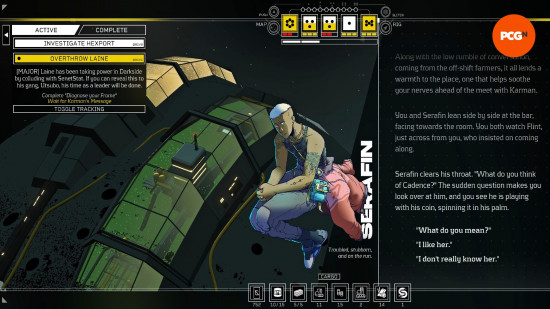
Guillaume Singelin’s intricate character designs also make a welcome return. They’re by far the most striking element on-screen, their organic energy disrupting the minimalist lines of Citizen Sleeper’s UI. These static portraits aren’t just visual prompts; they offer vital context clues that forecast how the next interaction might unfold. A helpful escort may not seem as altruistic as she wants you to believe once you notice the high-tech tablet under her arm, and starting a brawl with a gang member might be unwise if they’re represented with a gun at their hip, even if it hasn’t been explicitly mentioned in the text. I use these observations to my advantage to diffuse dire situations or make new allies, and sometimes kick myself for not noticing them sooner when the rug gets pulled out from under me.
Fundamentally though, Citizen Sleeper is all about time. Each dice roll is a battle against the clocks that govern its systems and your own artificial body. The shadow of Laine looms large at the end of each cycle, a countdown that you can only delay by keeping your fuel supplies stocked and staying on the move. However, Starward Vector places time in a far wider context. After working a few shifts at a soup kitchen, the owner asks me to retrieve a crate of spores from a distant colony. I accept, but I’m waylaid on my return. Sometime later, I’m treated to interstitial dialogue between Bliss and Serafin. They tell me the spores have escaped from the confines of their crate and sprouted into mushrooms throughout the cargo bay. Bliss thinks we could take the opportunity to cultivate our very own portable mushroom farm; Serafin wants to jettison them before the fungus spreads further.
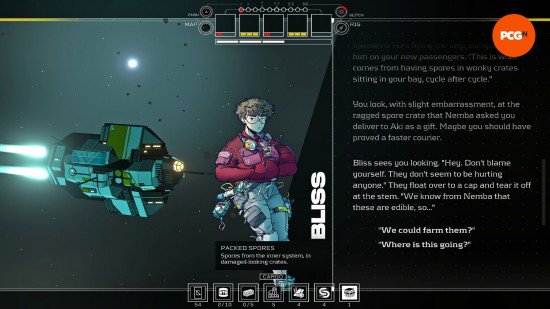
It’s down to me to decide, but I wonder whether I’d even be faced with this situation if I’d been a faster courier. There’s no clock telling me how long I have until I’ve got a mushroom problem on my hands, but this implicit passage of time can only come from the confidence of what the clocks we manage are meant to represent. Time always seems to be running out, and no more keenly is that felt than during contracts. These micro-missions demand careful preparation, from the fuel required to reach your destination to supplies determining the number of turns before you starve. Even better? Some locations, like a disintegrating shipwreck, come with a stress meter all their own, and the emergencies that spring up from their thresholds can quickly cut that contract short.
It’s not just yourself you have to worry about this time, either. Crew members also pull their weight by accompanying you on contracts, giving you access to additional dice and skills outside your own. The choice of who to bring comes down to player intuition. Sure, anyone can tag along with you, but a good conversationalist or ace hacker might not be much help if your contract involves hauling asteroid rock. Or will they? An abandoned outpost or a surprise encounter with a spacer gang are just some of the curveballs that contracts can throw at you. The insistent tug of curiosity is an alluring line of tension that’s tethered to the very reason I’m there in the first place. “Don’t get distracted,” Serafin warns before one such contract, but I just can’t help myself. Therein lies my first and greatest mistake.
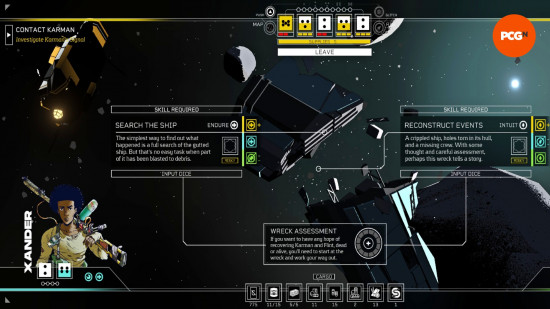
The thing is, it wasn’t difficult to survive in Citizen Sleeper. When you flubbed a roll, you might have taken a hit to your condition and energy, but there was no definitive failure state. Starward Vector introduces real stakes via new difficulty modes that can inflict grievous penalty ‘glitches’ and even permanent death. A story mode remains an option for anyone who wants it but this emphasis on the Sleeper’s fragile mortality lends weight to every action. Starward Vector immediately breaks the Sleeper’s dependence upon Stabilizer, throwing out the condition system altogether in favor of a situational stress meter that ticks up whenever you fail a dangerous roll. Whereas your condition could be managed with a little forward planning, stress introduces room for major missteps and severe consequences.
The most palpable side effect of stress relates to your dice, which now come with their very own health bar. The more stress you accumulate, the more likely you are to damage them when rerolling after every new cycle. Gone are the days of throwing snake eyes into a risky slot just to expend it before a new cycle. Instead, I consider my options carefully, and hold my breath when I’m invariably forced to take an action that could make or break a contract – and my dice in the process. I’ll admit, I went into my first playthrough a little too cocksure. In just a few hours I’d broken all but one dice and sustained a permanent glitch that gave it a cripplingly low chance of a successful roll.
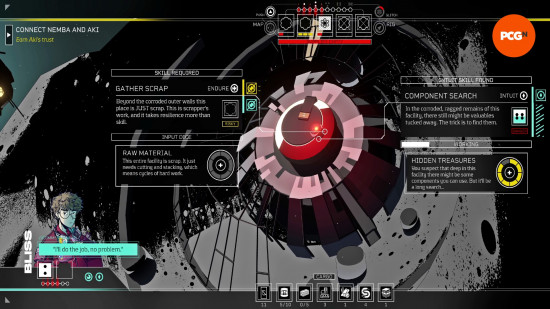
I struggled on for several more cycles, trying and failing to score enough scrap to repair my dice, conscious that Laine was almost upon me, before I came to a sudden realization: there was no coming back from this. It wasn’t ‘game over’ in the traditional sense, but it wasn’t far from it. I had reached an obsolescence of my own making, and the only reprieve was to start a new game. Perhaps this would frustrate some players, but it strikes me that this is more true to the struggle to survive on the run in this grim asteroid belt. Unlike its predecessor, Citizen Sleeper 2 forces me to live with my mistakes. If luck is an intrinsic part of that struggle, then we gamblers must understand what it’s like to lose.
In retrospect, Citizen Sleeper was so preoccupied with establishing its mechanics and world that its dilemmas weren’t especially complex. It’s no great hardship to choose to help an overworked father and his adoptive daughter find a new life elsewhere, or to shoot the bounty hunter racking up a bar tab on your dime. It was as if Jump Over the Age was testing the fit of its systems against the body of sci-fi genre tropes as it went along. The sequel isn’t half so tentative; on the contrary, it brings a renewed confidence to the table that manifests in a depth of complexity. Citizen Sleeper 2 turns away from the on-rails framework of the visual novel towards the self-determination of a true RPG.
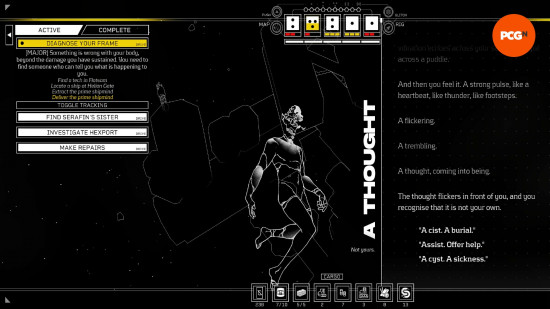
In Starward Vector, you can refuse to help and even leave allies behind to save your own synthetic skin, letting you indulge in a dark streak of self-interest that we didn’t see in 2022’s Sleeper. There are still limits to my actions, of course. As nondescript as the Sleeper appears, they are more than just an empty vessel for the player to inhabit, and their individualism remains Citizen Sleeper’s central tenet. Regardless, these tangible choices leave just enough roads not travelled that embarking on a new journey becomes worthwhile for more than just an alternate ending. What happens if I do this instead of that? Align with this character and ignore that one? Abandon this one and favor that one? While there’s every chance Starward Vector’s depth of consequence is shallower than it first appears, the illusion is convincing enough that I don’t much mind.
Starward Vector offers a dilated vision of the Citizen Sleeper universe, one that we had to imagine from the many conversations we had while stranded on Erlin’s Eye in 2022. The freedom to hop in the Rig and blast off to a distant waypoint has the air of an open-world game about it, yet its unwavering focus on ordinary people is antithetical to big-budget sci-fi blockbusters like Bethesda’s Starfield – and it’s all the better for it. You are not saving the world or traveling through the multiverse. You are not even the hero of this story, not really; you are just a mind in an artificial body that wants to survive (and isn’t that videogames in a nutshell?). In Citizen Sleeper 2, success isn’t determined by the best gun, ship, or stat, but by strength of community. It is the indomitable human spirit, the capacity to forge connections in a world regulated and ravaged by corporate greed. It’s enough to bring a tear to your eye.
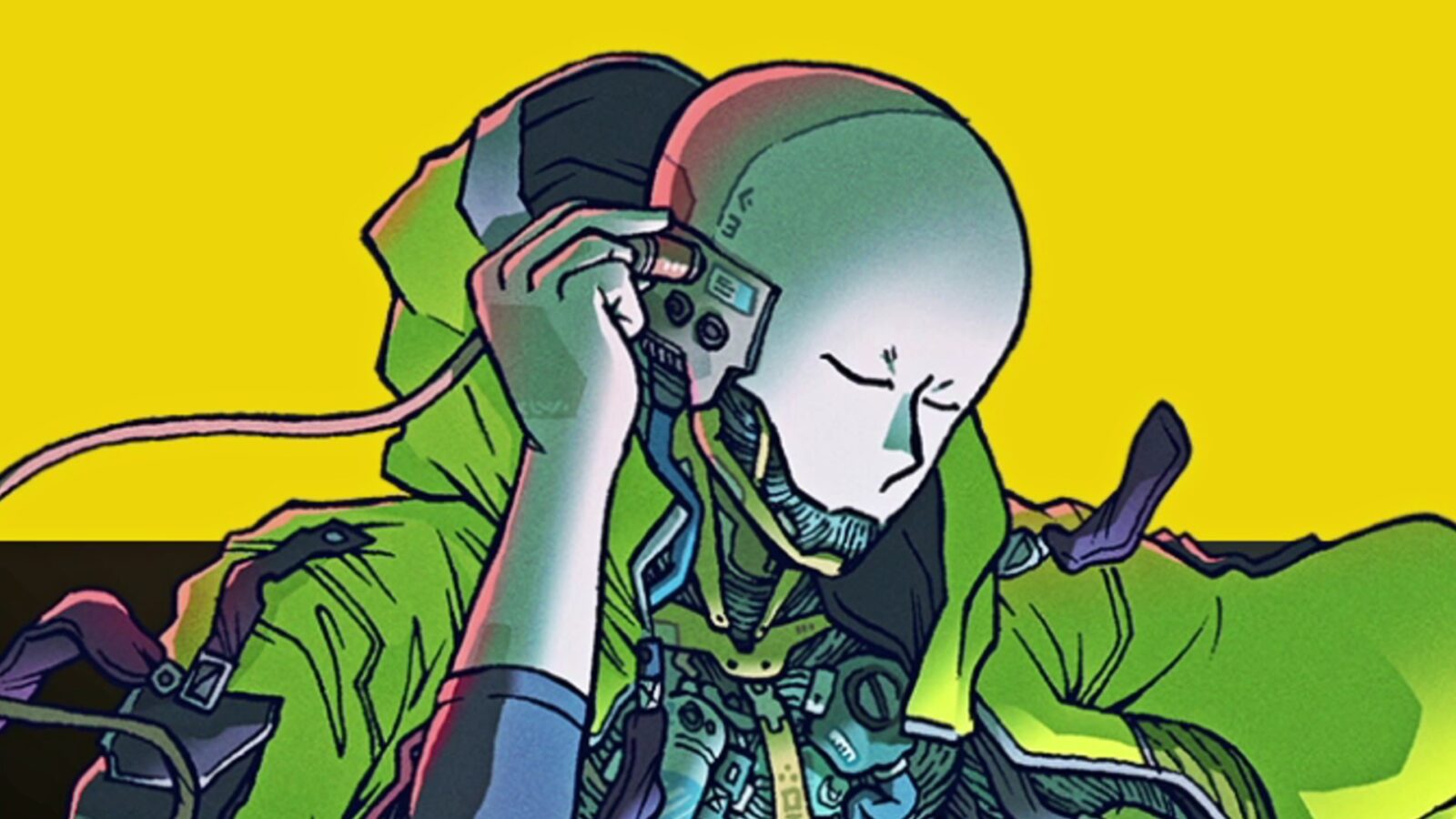

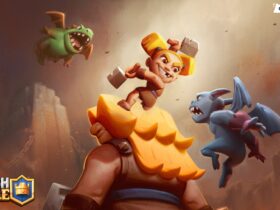



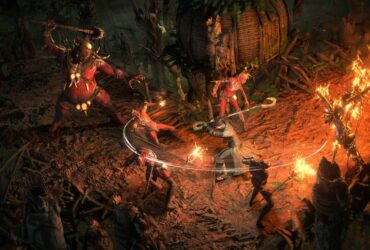

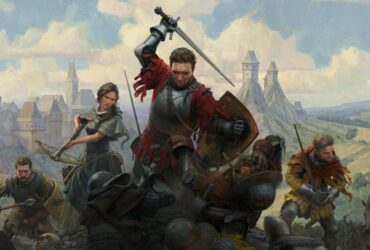


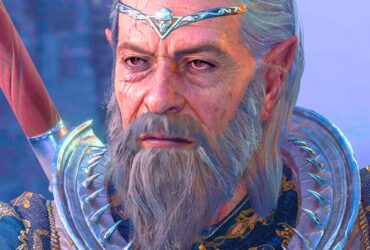
Leave a Reply